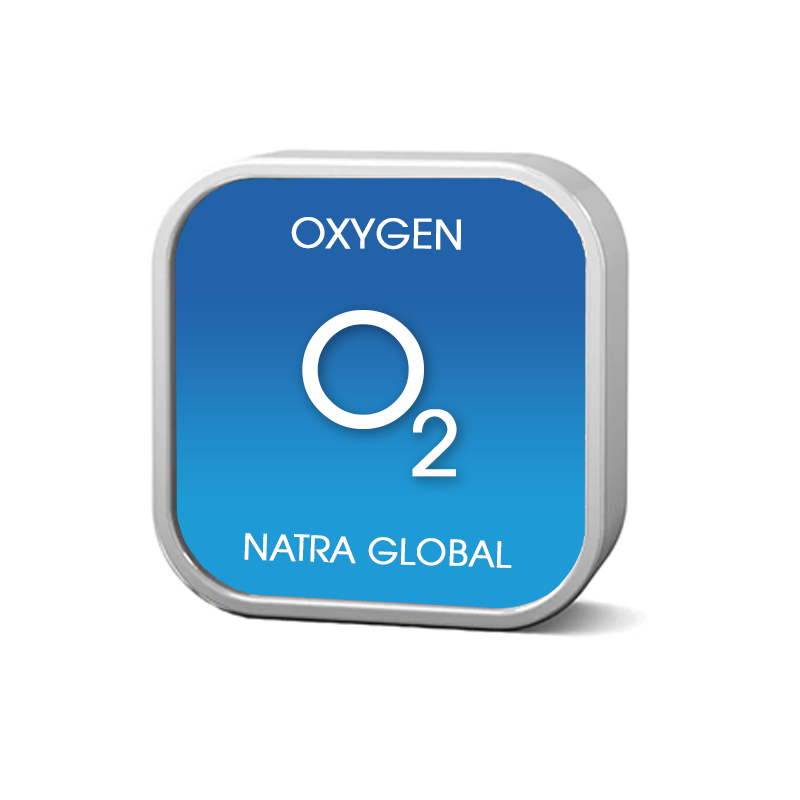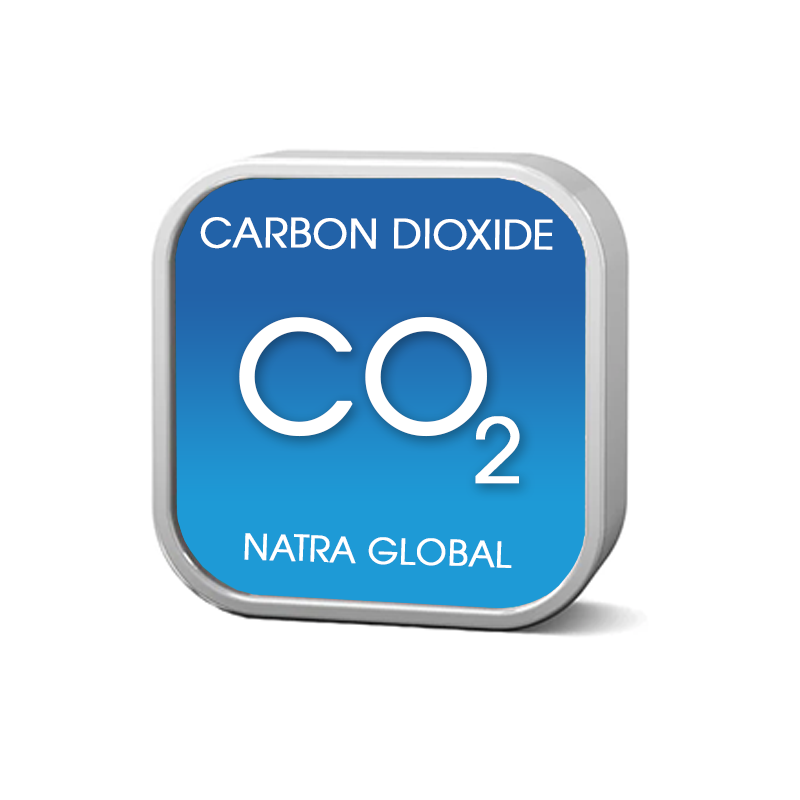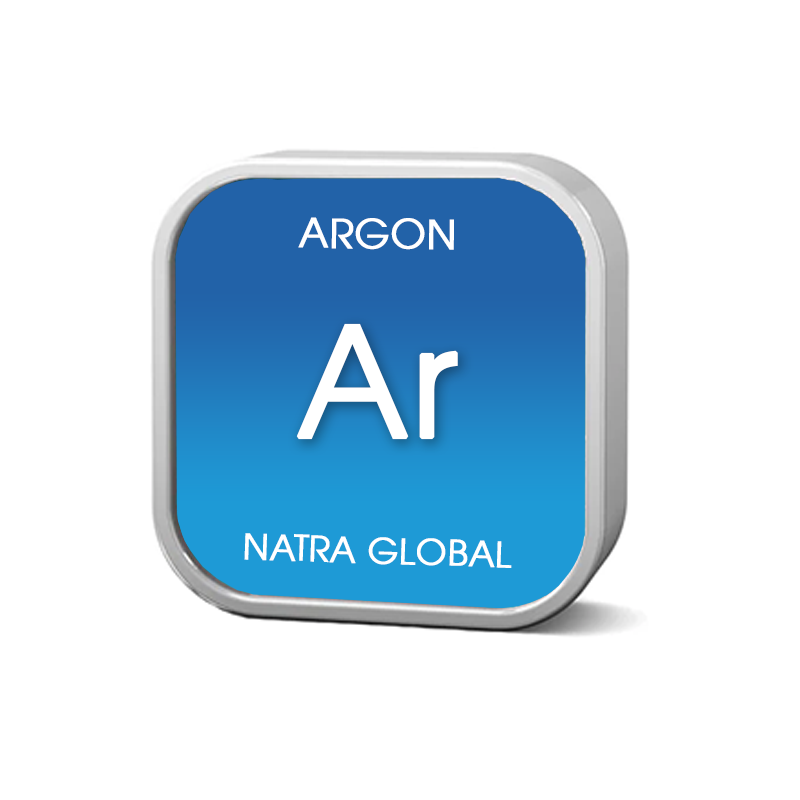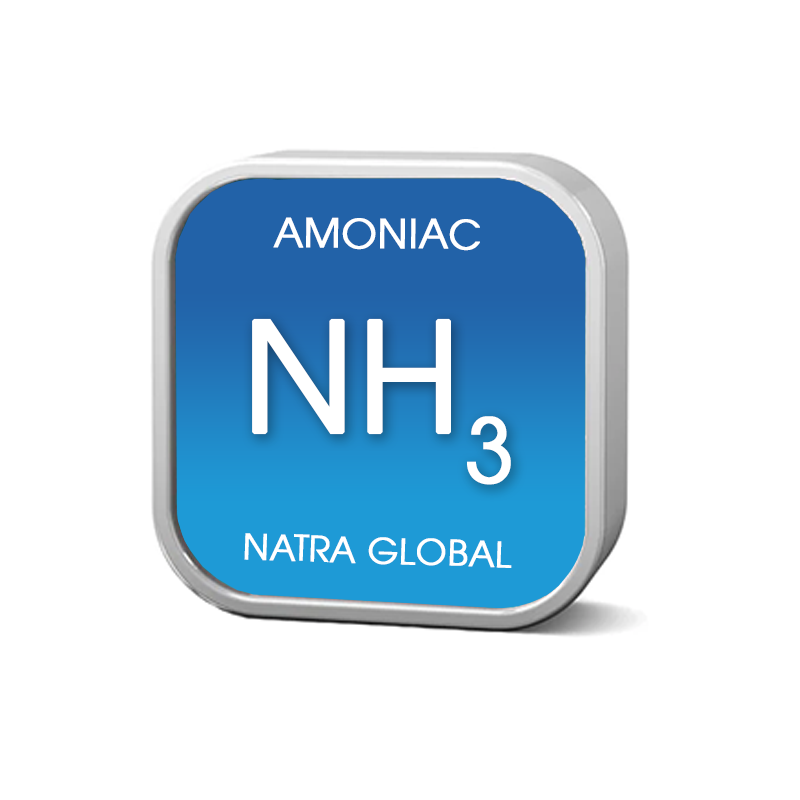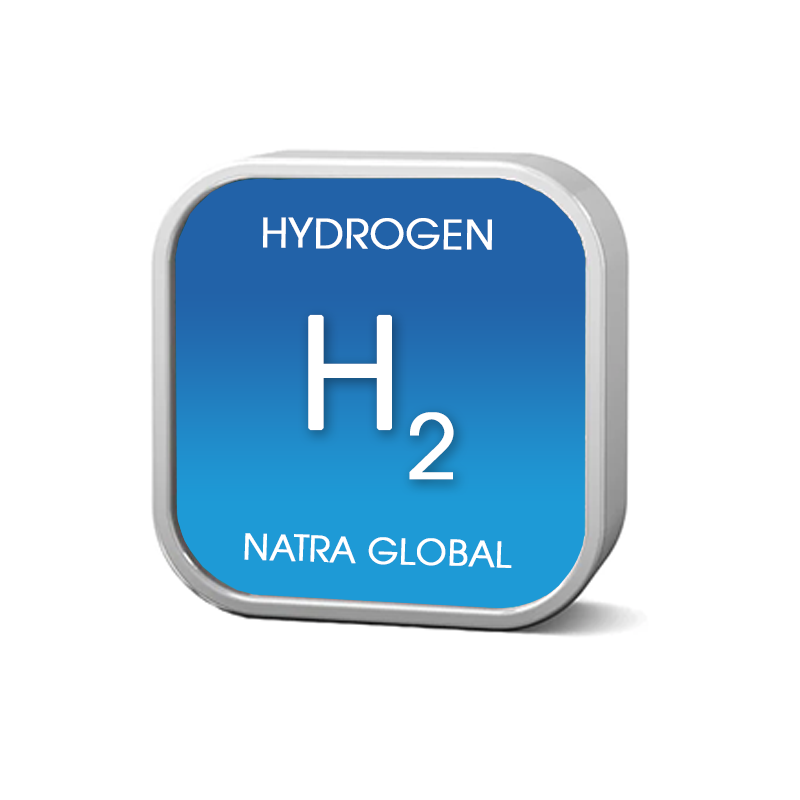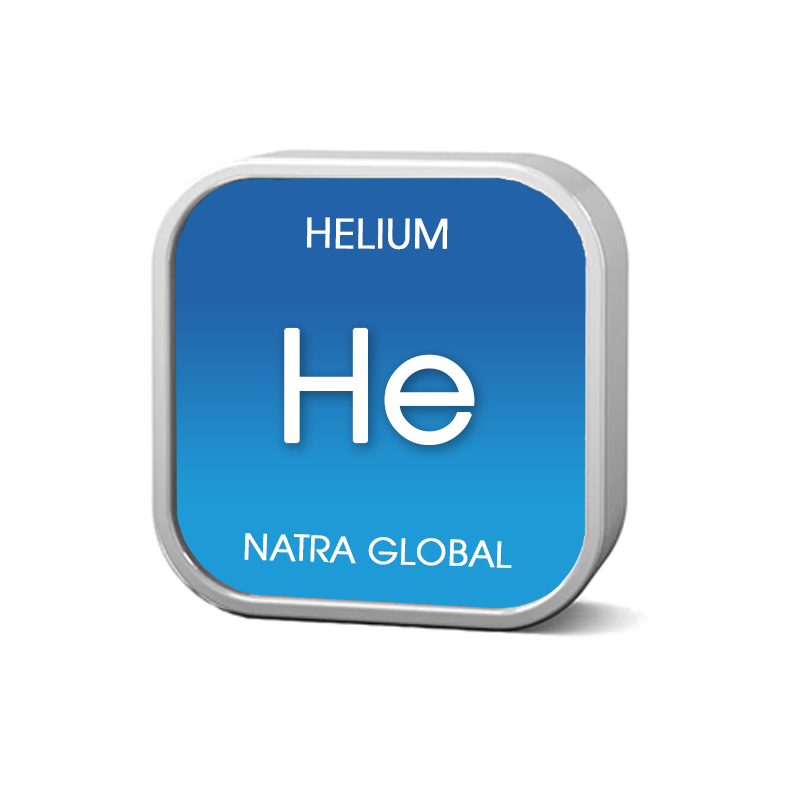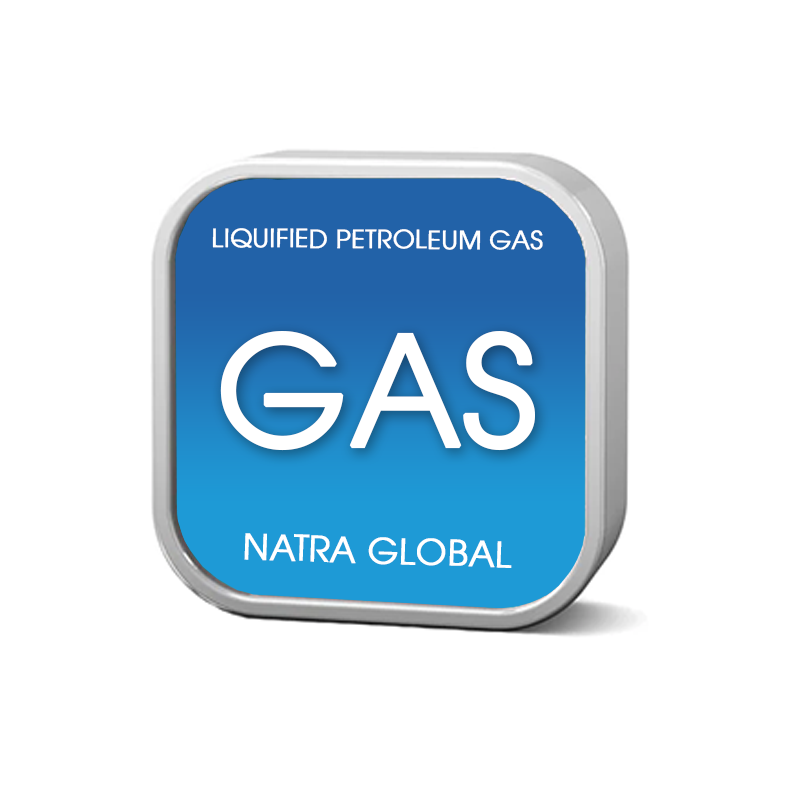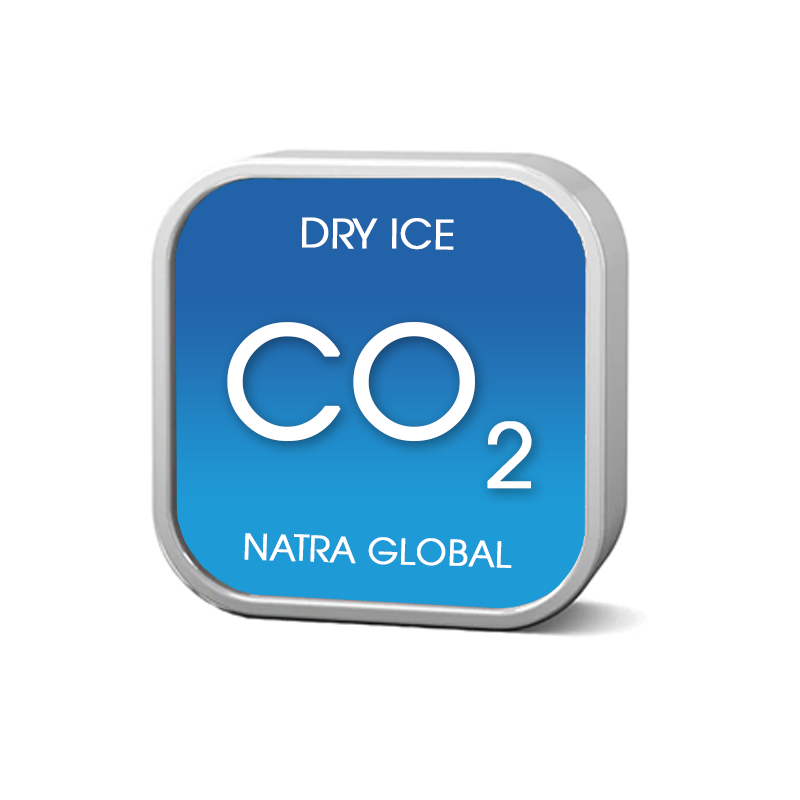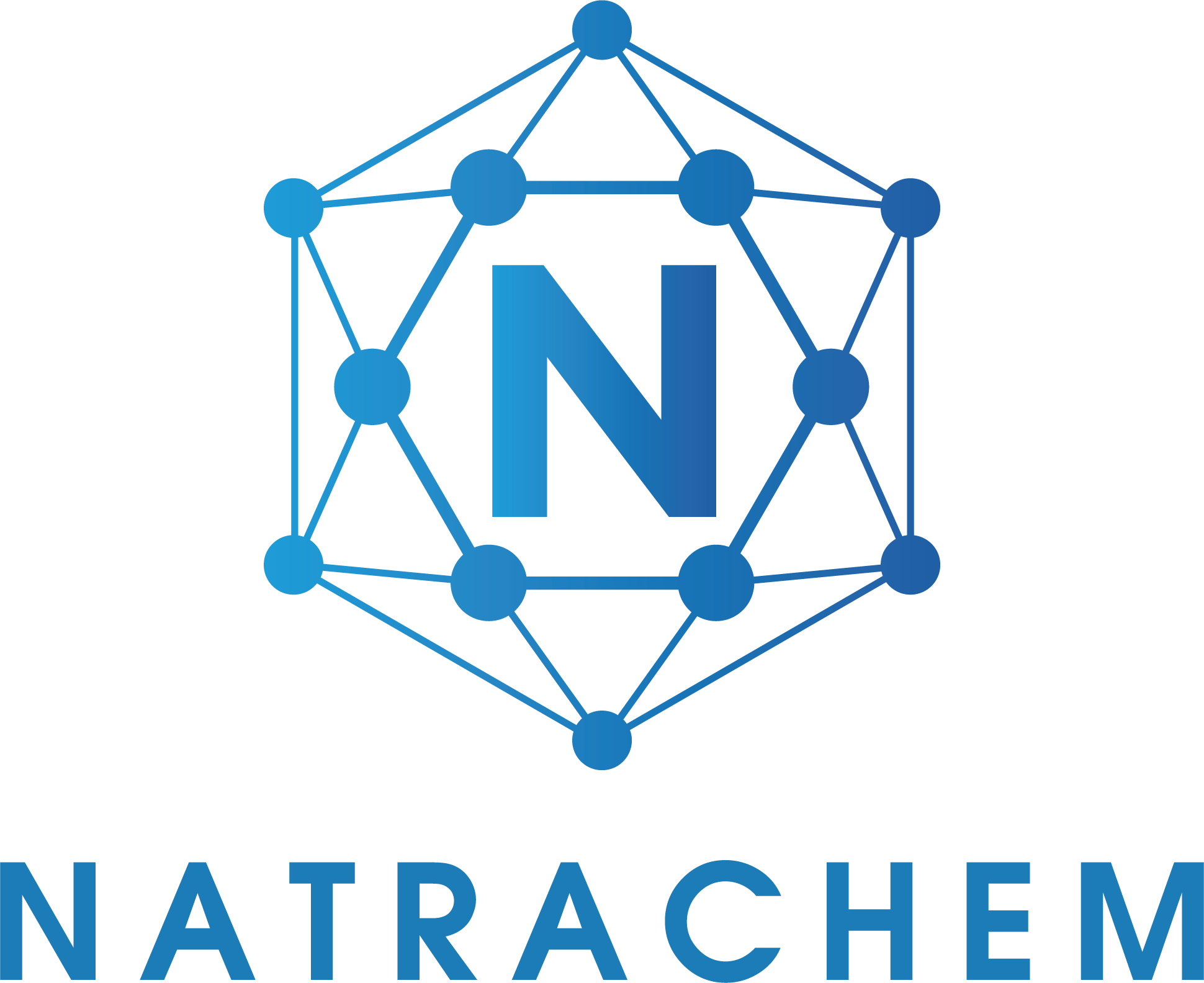Food, drinks, services
You may not know, but some components in the air we breathe every day, such as Nitrogen (N2) and Carbon Dioxide (CO2), have great uses in the food, beverage and service industries.
Nitrogen and CO2 in the production of beer, wine and bottled water
In the process of producing beer and wine, people often pump nitrogen gas directly into the tanks. The purpose is to remove oxygen in beer and wine, preventing them from becoming sour and losing their original delicious taste. At the same time, this is also a method to help prolong the shelf life of drinks.
Similar to nitrogen, CO2 gas is an important ingredient in carbonated drinks, a favorite drink of many people. With its colorless, odorless, and non-toxic properties, CO2 gas is pumped directly into soft drink bottles, turning them into refreshing, interesting, and attractive drinks.
Nitrogen gas in packaging and preservation
The environment with humidity and many nutrients in food is the perfect place for microorganisms to grow, thereby decomposing, changing their color and flavor. Especially when exposed to oxygen, this reaction occurs more quickly.
Therefore, before closing the lid of bottles, boxes, bags, cans, … a certain amount of Nitrogen gas will be pumped in. Not only does it remove oxygen, preventing them from coming into contact with food, thereby increasing the preservation time, but this also has the effect of stretching the packaging (cans, bottles, bags) containing food, helping them not to be deformed or broken during transportation.
Nitrogen and CO2 in food preservation
With low prices, dry ice (CO2 in solid state) has a lower temperature than the freezer, commonly used to preserve vegetables, fruits, etc., helping them stay fresh longer.
In addition, to preserve fresh foods such as beef, pork, chicken, seafood, etc., using liquid nitrogen with a super cold temperature of -196ºC is an effective method, because they will be frozen almost immediately, thereby preserving their freshness and original nutritional content.
In addition, dry ice and nitrogen are also used to create decorative smoke in cocktails, smoke ice cream, champagne, etc., or on stage to create a shimmering, magical, eye-catching effect for viewers.

